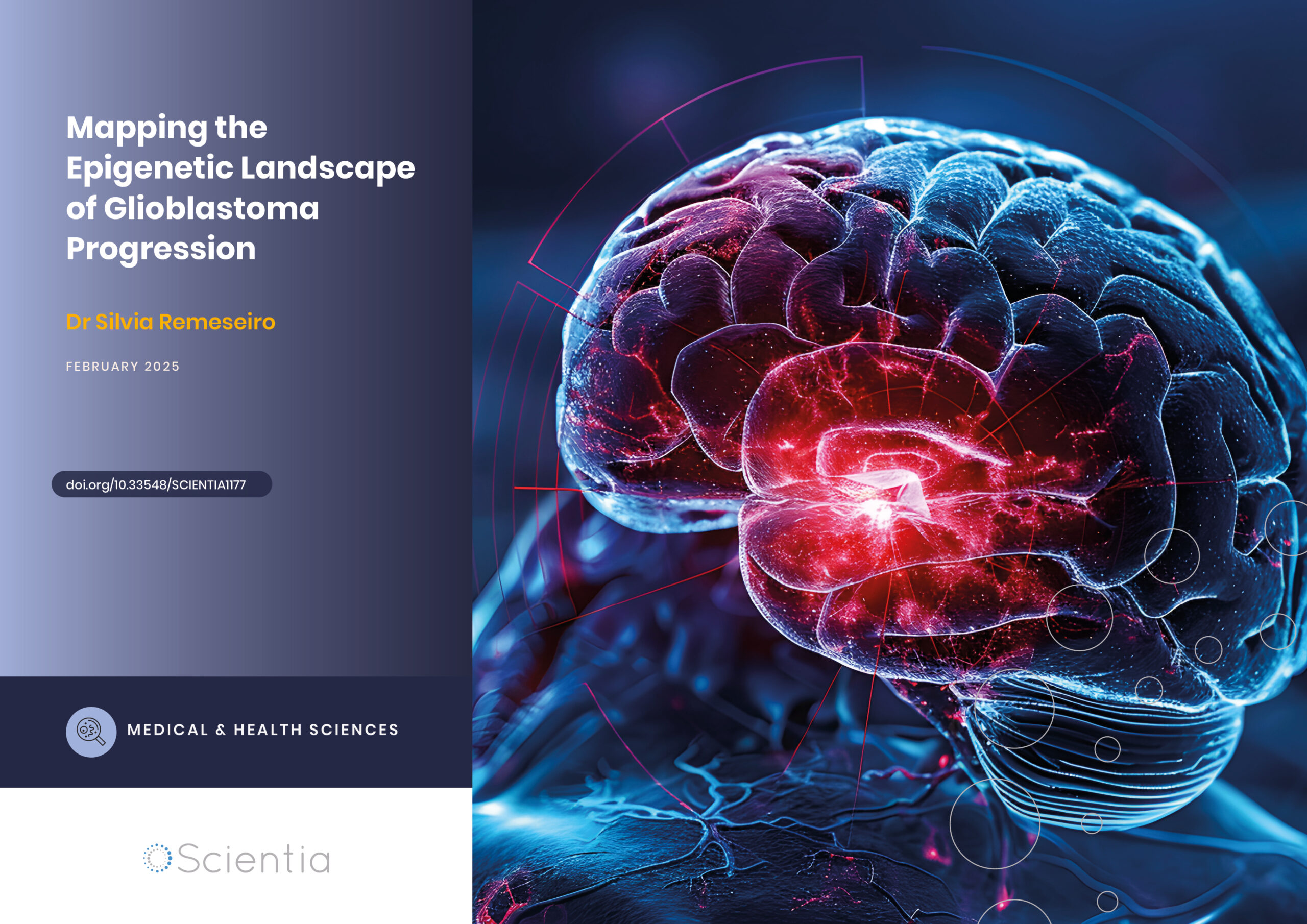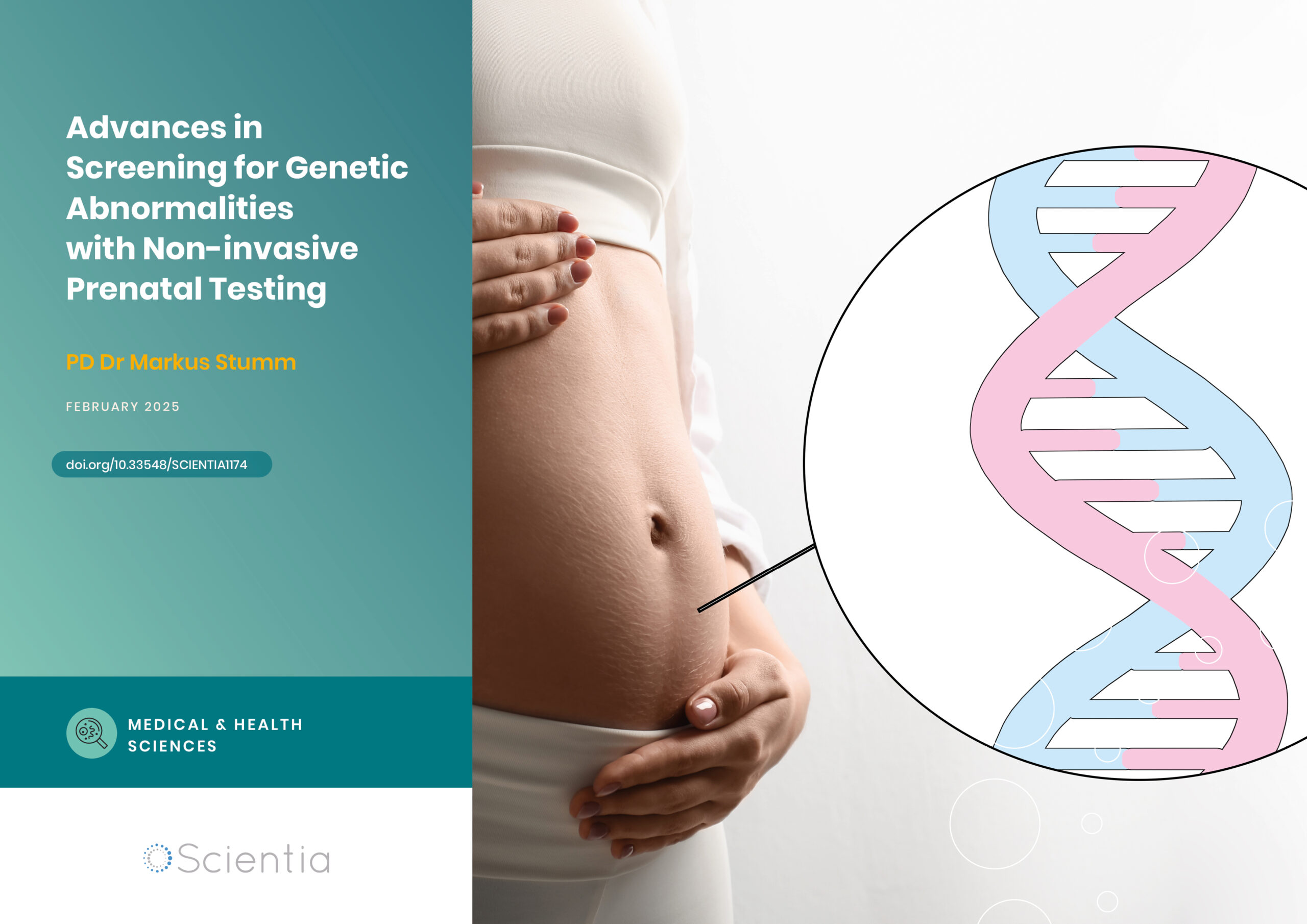Dr Orlando Auciello | Ultrananocrystalline Diamond Coatings for Transformational Medical Devices and Prostheses
Far from the days of being exclusively used in jewellery, diamond is finding a new lease of life as a coating for a wide variety of new medical devices and prostheses. In his recent book, Dr Orlando Auciello discusses his research in materials science and device development for medical applications. He evaluates how ultrananocrystalline diamond (UNCD) coatings can be used to improve upon existing biomedical technologies, with the goal of providing a better quality of life for countless patients around the world.
Diamonds Are Forever
Admired throughout history for their lustrous appearance, diamonds have always been heavily valued. An incredibly simple material, diamond is only made from a single element: carbon. Despite this, diamond exhibits some of the most fascinating properties, such as mechanical strength and heat resistance, making it an exceptionally durable and long-lasting material. Diamond is resistant to degradation by any liquid, including fluids in the human body, water, and strong acids that typically destroy other materials.
Diamond coatings are currently being developed for the next generation of electronic devices, replacing silicon-based electronics in smartphones, portable computers and other electronic devices. Such coatings are also being researched for their use in cutting tools and mining applications. Recently, many researchers have been exploring the use of diamond coatings in medical devices and prostheses.
There are several reasons why diamond coatings are suitable for use in medical devices and prostheses. For one, their exceptional strength makes them ideal for protecting implants that would otherwise degrade over time in the body. The surface of diamond coatings can also be altered and customised, making them suitable for exposure to different parts of the human body, such as eyes, veins, arteries and the heart.
Finally, they are typically inert inside the body, meaning that the immune system is less likely to reject diamond-coated devices or prostheses. After all, diamond is made up of the same atoms that are in DNA, cells, and molecules: carbon. This is crucial, as it helps to ensure that implantable devices with diamond coatings have a large chance of being successful.
Ideally, diamond-based coatings for medical devices should be ‘nanocrystalline’. This means that the coating is made up of millions of incredibly tiny diamond crystals, which cannot be seen by the human eye. Not only does this mean that the coating can be more easily deposited onto the surfaces of medical implants, but nanocrystalline diamond has unique physical properties that allows it to be even more compatible with the human body.
Dr Orlando Auciello is one of the leading authorities in this field. Alongside his team of collaborators, he has recently published a book delving into wide variety of medical applications for a unique, low-cost diamond coating called ‘ultrananocrystalline diamond’, or UNCD for short. In additional to being the most biocompatible form of diamond, UNCD comprises the smallest diamond crystals ever made. Dr Auciello and his collaborators hope to provide new treatment options for various medical conditions, towards improving the lives of patients worldwide.
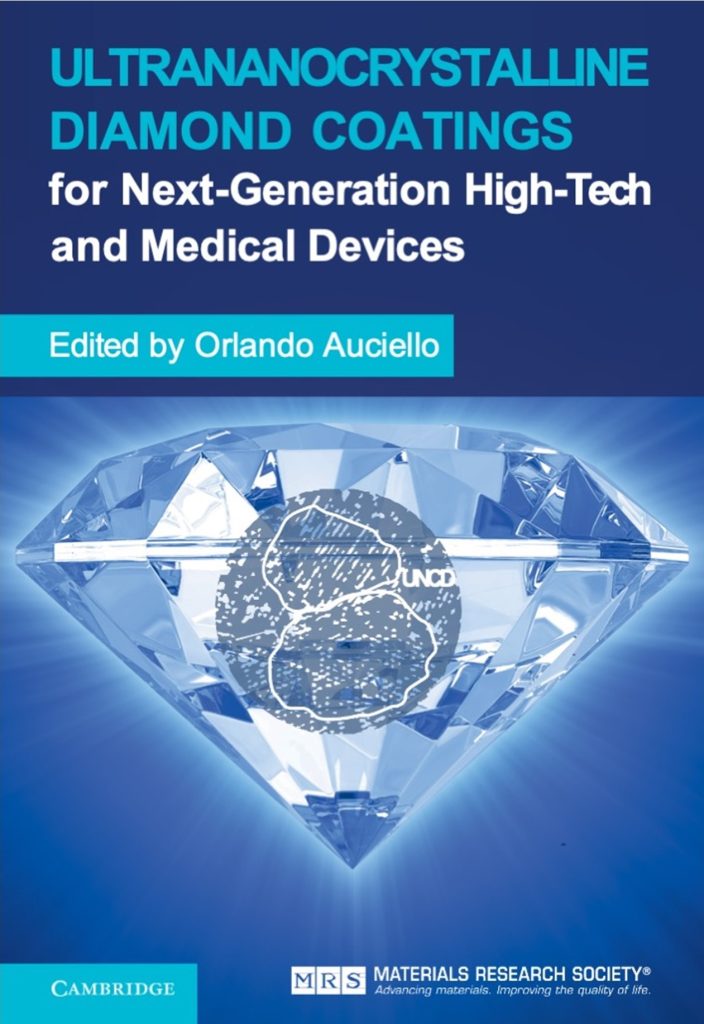
Diamond-based Solutions for Restoring Eyesight
The retina is one of the key parts of the human eye. It essentially acts as a screen upon which images from the eye’s lens are focused onto. This excites photoreceptors which create electrical particles, ultimately transmitting the information to the brain, allowing us to see. Sadly, many people are affected by a degenerative condition of the retina’s photoreceptors, named Retinitis Pigmentosa. Retinitis Pigmentosa leads to blindness in young people aged between 12 and 25 years, and there are currently no known cures.
From 2000 to 2010, Dr Auciello and his collaborators developed new materials integrated into a revolutionary silicon chip, which can be implanted in the eye. This wonderful device acts as an artificial retina, receiving images from a tiny camera on a pair of glasses, and sending electronic signals through the retina into the brain – enabling blind people to regain partial vision. However, implanting silicon chips into the eye can be risky, as they can easily degrade over time, and can also cause damaging immune responses.
This is where the UNCD coating comes in. By depositing a thin layer of UNCD coating, the silicon chip can be completely encapsulated, protecting the silicon from being degraded by fluid in the eye and mitigating any immune response. As such, the UNCD-coated silicon chip can remain in the eye for years. This approach could make a huge difference to the countless people who suffer from Retinitis Pigmentosa and other similar conditions, by providing a long-term treatment option that can restore vision.
Dr Auciello and his collaborators have also been investigating how the UNCD coating can be used in a device to treat glaucoma. Glaucoma is associated with damage to the optic nerve, which sends signals from the retina to the brain. The condition is often caused by clogging in the tubes that drain fluid from inside the eye to outside, resulting in build-up of fluid inside the eye, which increases pressure and damages the nerve, leading to sight loss.
There are various treatment options for patients with glaucoma, most of which involve removing fluid to lower the internal eye pressure. While eye drops and surgery are possible options, there is another solution. Scientists have created valves that can be implanted outside the eye, and are connected to a tube inside the eye, which drain fluid and prevent pressure build-up. However, the valves available today are made from plastics, which can absorb fluids and protein molecules, causing the tubes to become clogged.
Dr Auciello explains how coating the plastic glaucoma valves with UNCD prevents the adsorption of fluids, allowing such devices to operate with superior performance. The UNCD coating offers an inexpensive solution for creating a highly durable, inert implant that will not degrade when inserted into the eye and will minimise risks related to infection or rejection by the immune system.
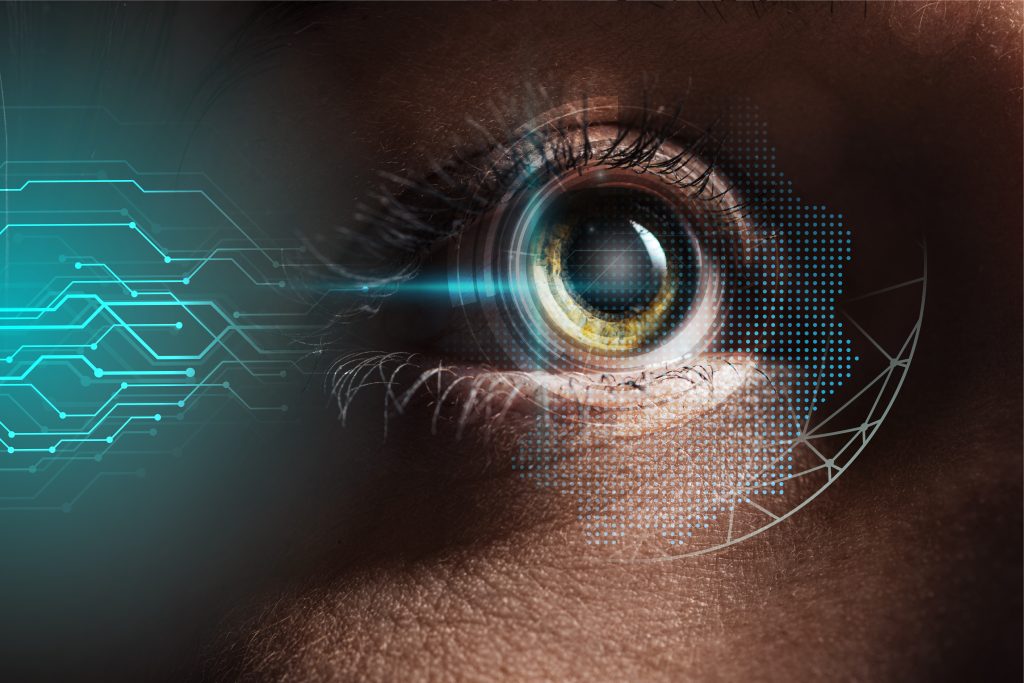
Diamond-Coated Dental Implants
When it comes to treating serious dental issues, one of the most reliable options is the use of dental implants. Not only do they provide replacements for lost teeth, but such implants can also stabilise the jawbone and allow the mouth to remain functional. Therefore, dental implants need to be strong, as the mechanical stress caused by chewing and the chemical exposure from particularly acidic foods means that they can become easily damaged.
Currently, most dental implants are made using titanium alloys, capped off with ceramic crowns. Although these implants work well for many patients, they sometimes suffer from corrosion by saliva and damage due to the harsh and dynamic environment inside the mouth. Furthermore, they can occasionally lead to infection in the bone and gum, causing great pain and suffering for many patients.
In the last five years, Dr Auciello and his collaborators demonstrated that commercial dental implants coated with the unique UNCD coating are the next revolution in dental implant technology. The UNCD coating eliminates corrosion produced by saliva and provides a dental implant for life. In clinical trials, 50 people received the UNCD-coated titanium-alloy implants, which demonstrated excellent performance and paved the way for commercialisation by 2024.
Hip and Knee Replacements
In his book, Dr Auciello describes how the same coatings can be adapted for artificial hip and knee replacements. Hip and knee prostheses are an increasingly common solution to various conditions, particularly those that affect us later in life. As the cartilage around our joints can deteriorate over time, it is important to have options when it comes to replacing the natural hips, knees, and other joints.
Currently, there are various titanium-based prostheses that can do the job. These devices are typically quite strong, but they can often become victim to corrosion inside the body. Dr Auciello has demonstrated how the same UNCD coating used in dental implants can be scaled up and applied to hip, knees, and other artificial joints. By coating these implants with the same UNCD coating, Dr Auciello was able to demonstrate how they can be made more resistant, while also being biologically inert, making them a safe and effective option for patients in need of hip replacements.
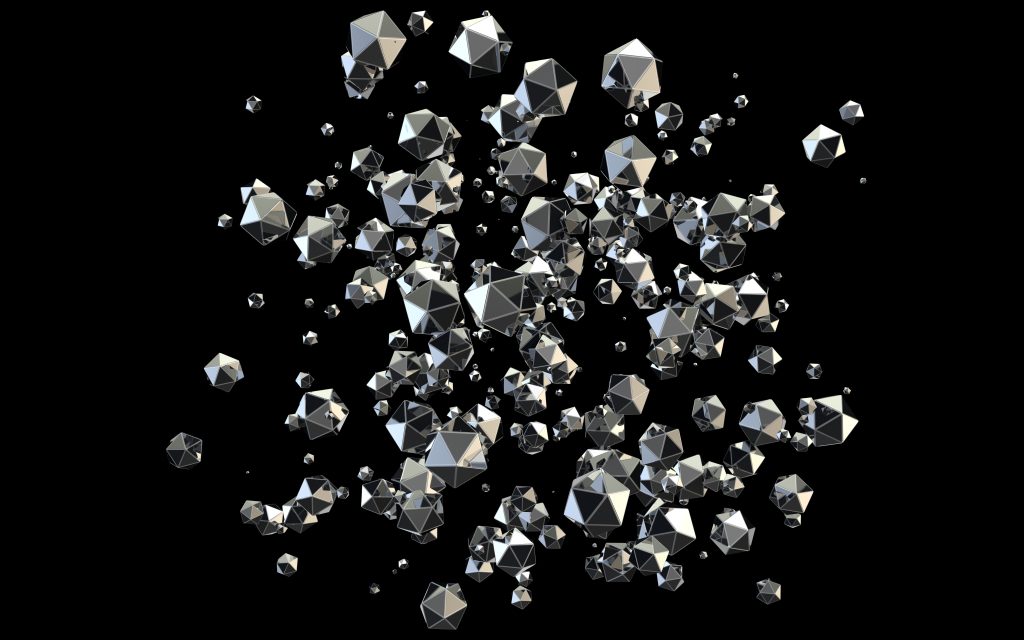
The Wider World of Medical Diamonds
What we have covered so far only scratches the surface of the extensive research conducted by Dr Auciello and his collaborators. These innovative researchers are developing UNCD coatings with electrical conductivity, to produce the electrodes of new long-life batteries for pacemakers, and other battery-powered devices that maintain a consistent heartbeat.
Remarkably, the use of this electrically conductive UNCD coating can extend battery life in pacemakers. This reduces the need for the battery to be replaced, which involves invasive surgery and is usually required every few years. As such, the use of the electrically conductive coating ultimately reduces the number of surgeries a patient may need throughout their life.
This technology can be applied to other medical devices too, such as medical biosensors that can monitor a patient’s health or the progression of various diseases. These devices are at the forefront of modern medicine, and when combined with the UNCD coating, they could become even more beneficial than ever before.
Dr Auciello’s research even extends to creating UNCD-coated scaffolds that encourage stem cell growth and differentiation. Such scaffolds allow stem cells to be implanted into the body to repair damaged tissue, from damaged bone in osteoporosis patients, to injured cardiac muscle following heart attack.
Through their research, Dr Auciello and his collaborators have shown that scaffolds coated with UNCD significantly support cell growth, making them the ideal substrate to use for a range of conditions. Clearly, the UNCD coating shows potential in just about every field within biomedical science.
In each of the cases described in this article, the UNCD coating shows tremendous promise in increasing the safety and efficacy of numerous different types of medical devices and implants, expediting patient recovery, and improving quality of life across the globe.
SHARE
DOWNLOAD E-BOOK
REFERENCE
https://doi.org/10.33548/SCIENTIA847
MEET THE RESEARCHER

Dr Orlando Auciello
Distinguished Endowed Chair Professor
Departments of Materials Science and Engineering and Bioengineering
University of Texas at Dallas
Dallas, TX
USA
Dr Orlando Auciello began his career with a six-year program in electronic engineering at the National University of Cordoba, Argentina, before earning his MSc and PhD from the Institute Balseiro-National University of Cuyo, Argentina. He has since conducted research in a variety of fields, at McMaster University, University of Toronto in Canada, North Carolina State University, Microelectronic Centre of North Carolina, and Argonne National Laboratory, leading him to his current position as Distinguished Endowed Chair Professor at the University at Dallas, Texas. Here, he conducts research on multifunctional oxide films for electronic memories, supercapacitors for energy storage, and biosensors. In addition, his main focus is now on research and technology development for the use of nanoscale materials in biomedical applications, specifically the revolutionary, most biocompatible, ultrananocrystalline diamond (UNCD) coating. The UNCD coating has already been demonstrated to provide new generations of implantable medical devices and prostheses to enable the treatment of various medical conditions, improving the quality of life for countless people worldwide. His research has led to many awards, including the Albert Nelson Marquis Lifetime Achievement Award. Dr Auciello has received several ‘R&D 100’ Awards and is an elected fellow of several international scientific societies. He is co-founder and equity holder of Advanced Diamond Technologies Inc, which was sold to large company in 2019. He is currently co-founder and CEO of Original Biomedical Implants (OBI-USA and OBI-México), which are developing biomedical products described in this article.
CONTACT
E: orlando.auciello@utdallas.edu
W: https://be.utdallas.edu/people/faculty/orlando-auciello/
FUNDING
US National Science Foundation, USA
US Department of Energy, USA
Defence Advanced Research Project Agency (DARPA), USA
US Office of Naval Research, USA
US Army Research Office, USA
SENACYT-Panamá
LAM Inc., USA
Lockheed Martin, USA
Samsung, South Korea
Symetrix Inc, USA
Rubio Pharma, SA, México
KEY COLLABORATORS
Dr Dieter Gruen, Dr Alan Krauss, Dr John A. Carlisle, Dr Anirudha V. Sumant, Dr Mark S. Humayum, Dr Mario Saravia, Dr Pablo Gurman, Dr Roberto Zysler, Dr Alejandro Berra, Dr Daniel G. Olmedo, Dr Deborah Tasat, Dr Gilberto López Chávez, Dr Bing Shi, Prof. Yon-Hua Tzeng, Dr Martín Zalazar, Dr Geunhe Lee, Dr Jean-Francois Veyan, Dr Elida de Obaldia, Dr Josefina Arellano, Dr Jesus J.Alcantar-Peña, Dr Israel Mejia, Dr Mario Enrique Rodriguez Garcia, Dr Abel Hurtado-Macias, Dr José Luis Rubio Pino (co-founder of OBI-México)
FURTHER READING
O Auciello (Ed.), Ultrananocrystalline Diamond Coatings for Next-Generation High-Tech and Medical Devices, Cambridge University Press, 2022. ISBN 9781107088733.

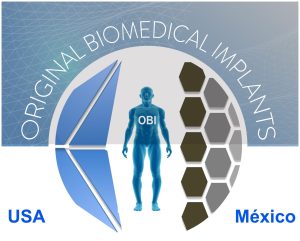
REPUBLISH OUR ARTICLES
We encourage all formats of sharing and republishing of our articles. Whether you want to host on your website, publication or blog, we welcome this. Find out more
Creative Commons Licence (CC BY 4.0)
This work is licensed under a Creative Commons Attribution 4.0 International License. 
What does this mean?
Share: You can copy and redistribute the material in any medium or format
Adapt: You can change, and build upon the material for any purpose, even commercially.
Credit: You must give appropriate credit, provide a link to the license, and indicate if changes were made.
SUBSCRIBE NOW
Follow Us
MORE ARTICLES YOU MAY LIKE
Dr Silvia Remeseiro | Mapping the Epigenetic Landscape of Glioblastoma Progression
Glioblastoma, the most aggressive form of brain cancer, continues to challenge medical professionals with its poor survival rates. Recent groundbreaking research by Dr Silvia Remeseiro and her colleagues at Umeå University in Sweden has shed light on the complex epigenetic and chromatin-related mechanisms underlying the communication between neurons and glioma cells. This research opens new avenues for understanding and potentially treating this formidable disease.
Dr Markus Stumm | Advances in Screening for Genetic Abnormalities with Non-invasive Prenatal Testing
Non-invasive prenatal testing (NIPT) is a method of screening for genetic abnormalities in the unborn child through a simple blood sample taken from the mother. The non-invasive nature of the test has minimal to no risk to the mother and foetus and, since 2012, has been applied extensively around the world. As NIPT technology advances, Dr Markus Stumm of Medicover Genetics in Germany and his colleagues from Cyprus discuss the different techniques used, their strengths, their limitations and important considerations for pregnancy management.
New Directions for Reproductive Lifespan and Healthspan
Balancing starting a family with career goals is a difficult challenge many women have to face, which can lead to inequalities in various aspects of their lives. Dr Zhongwei Huang and the team at NUS Bia-Echo Asia Centre for Reproductive Longevity and Equality (ACRLE) are pioneers in reproductive health research. They work to improve female reproductive longevity and equality, exploring novel approaches to tackle fertility and conception problems, and ways to maintain optimal healthspan later in life.
Dr Markus Regauer | An Evidence-Based Perspective on Treating Severe Ankle Injuries
Ankle injuries are very common but notoriously difficult to treat due to the complexity of the ankle anatomy, compounded by the range of surgical options available. Dr Markus Regauer, a leading orthopaedic surgeon from SportOrtho Rosenheim and Schön Klinik Vogtareuth, worked with a team of clinicians and scientists at the Musculoskeletal University Centre Munich to thoroughly review the published literature. This was combined with Dr Regauer’s extensive surgical experience to produce a practical guide for surgeons to guide the best treatment for individual ankle (syndesmotic) injuries.


